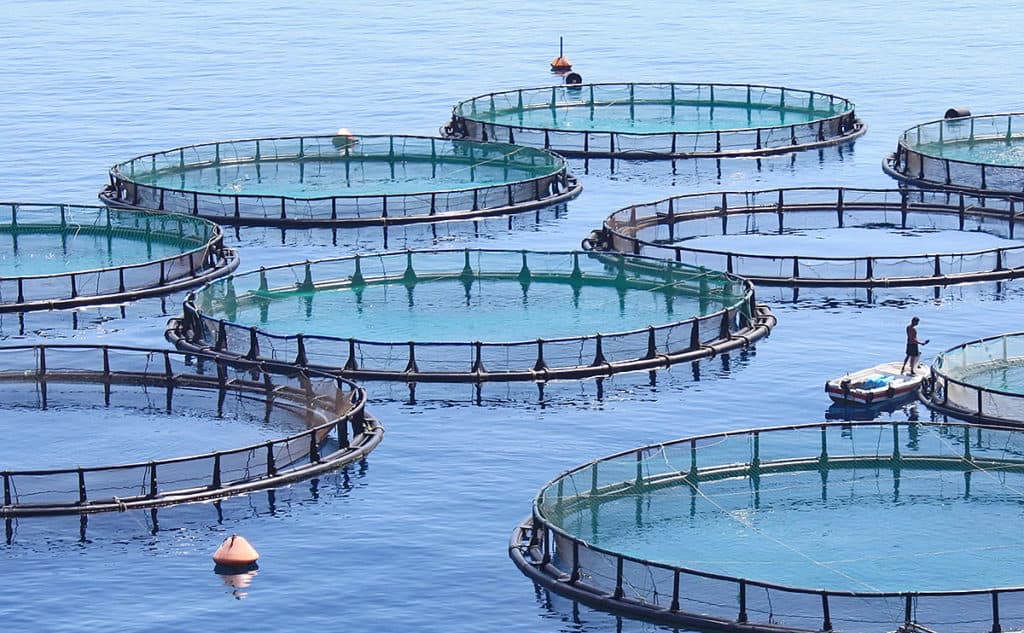
Indisputably, poor nutrition is one of the greatest challenges facing modern society. One in three people worldwide is malnourished, and poor diet is the leading cause of disease. The reason for this, in part, is mass food production that neglects to preserve micronutrients, and also the decline of biodiversity due to environmental destruction.
Current dietary trends in Bangladesh exemplify the paradox between eating healthier foods but receiving lower nutrition. In this context, a new study by the University of Queensland, Australia, revealed that although fish consumption in Bangladesh increased by 30% between 1991-2010, the subjects received less iron and calcium overall. According to the study, “A global shift away from diverse capture species towards consumption of few farmed species, has implications for diet quality that are yet to be fully explored.”
Western society has also seen a trend towards increased consumption of fish. This is attributed to more awareness within the last decade of the health benefits of eating fish, coupled with more knowledge of the health risks and environmental ramifications of red meat consumption. Fish can be a good source of high-quality protein, omega-3 fatty acids, selenium, magnesium, zinc, vitamins B-12, A and D.
Results of the study “challenge the conventional narrative that increases in food supply lead to improvements in diet and nutrition”. In the case of fish— pollution, environmental damage, habitat destruction and unsustainable harvesting practices have greatly depleted natural marine stock. In their 2016 report “The State of World Fisheries and Aquaculture”, the United Nations reported that 89% of marine fish stocks are either overfished or at maximum capacity.
With the aquaculture industry growing at a rate of 8% annually, farmed seafood now officially accounts for half of all seafood consumed worldwide. The World Bank predicts this statistic will hit two-thirds by 2030. Bangladesh is at the center of the trend, as world’s sixth leading producer of aquaculture products. Still, the country has one of the worst rates of malnutrition in the world, with one in three children under five years old showing symptoms of stunted growth. Millions more are living with micronutrient deficiencies.
Apart of the problem is that we generally only eat the thick flesh of the most common farmed fish — such as salmon, tilapia, tuna and catfish. This meaty flesh is a good source of protein but does not contain the micronutrients present in the head and tail. Another reason is that humans need alimentation that is not only healthy, but diversified, because research still has not even fully identified all the nutrients present in various foods. Similarly, a fish that has grown up on a farm with only other fish of the same species and fed fish feed, will not have absorbed the nutrients present in the diverse diet available in a river or ocean habitat.
Mass production simply cannot mimic nature, just as you can’t replace a salad with a multivitamin. Naturally sourced and organic foods are healthier because they are reflections of the our planet’s original intention to nourish and sustain us, and their growth demonstrates biodiversity and natural evolution. Or, as stated by Quartz, “The focus of food production systems, including aquaculture, must move beyond maximising yields to also consider nutritional quality.”


